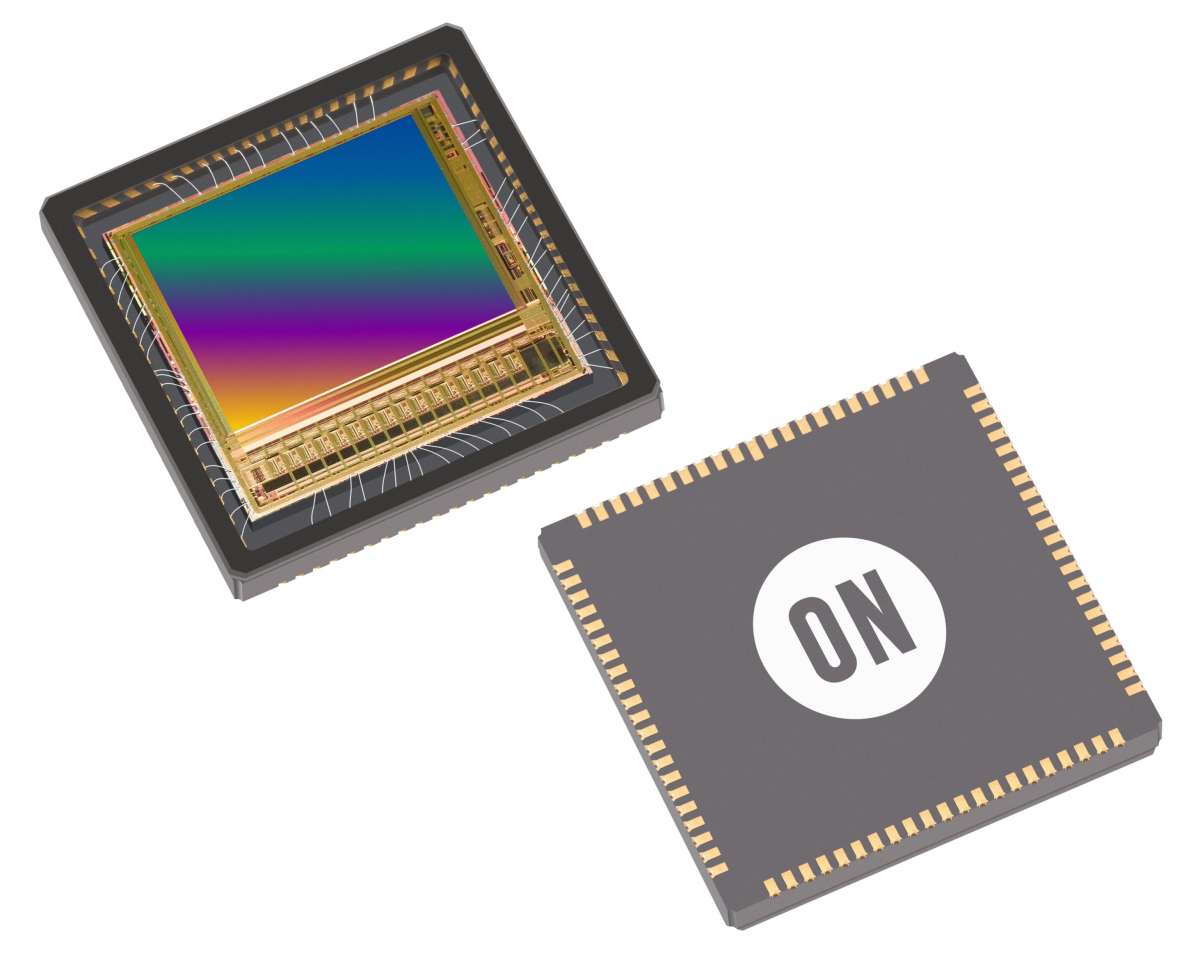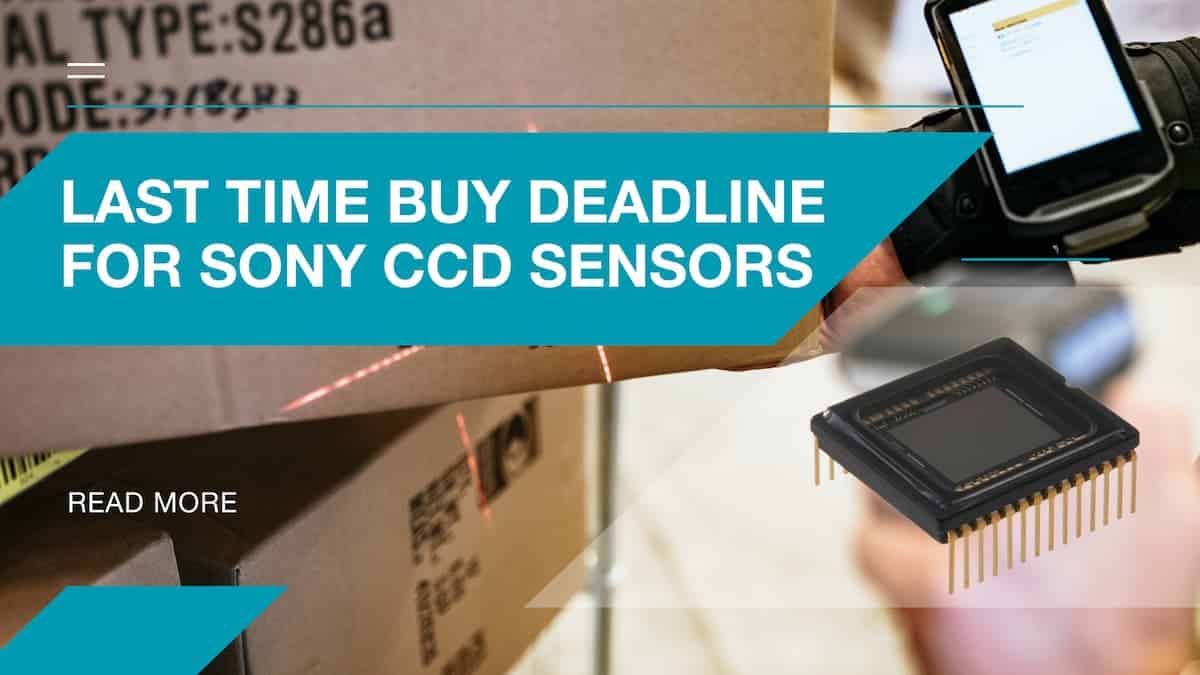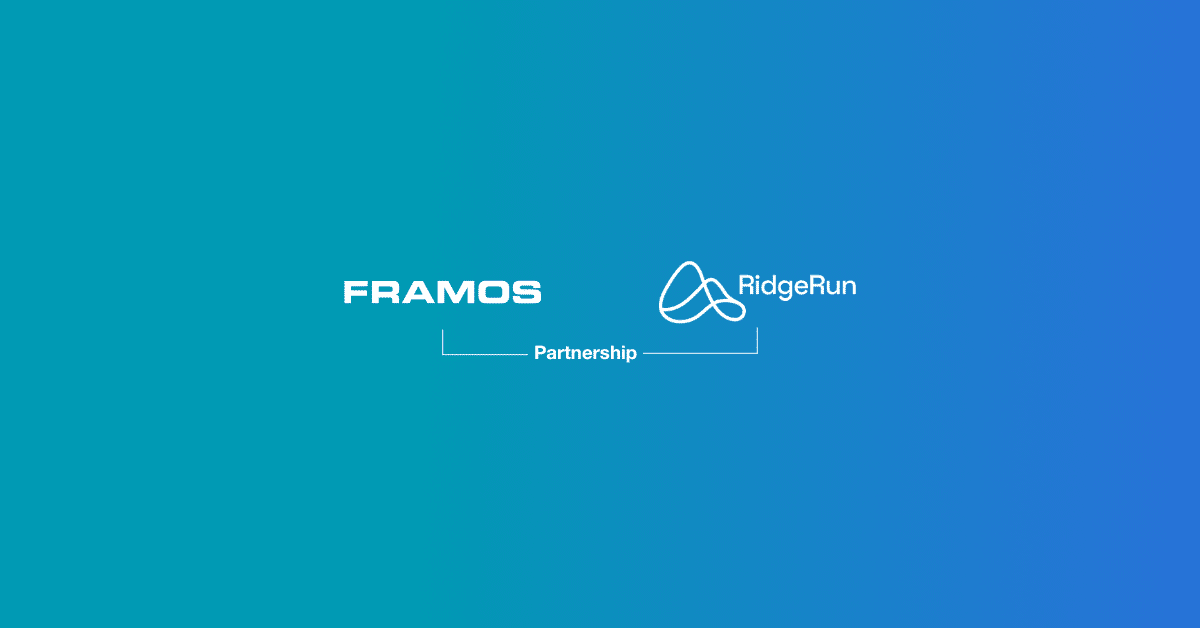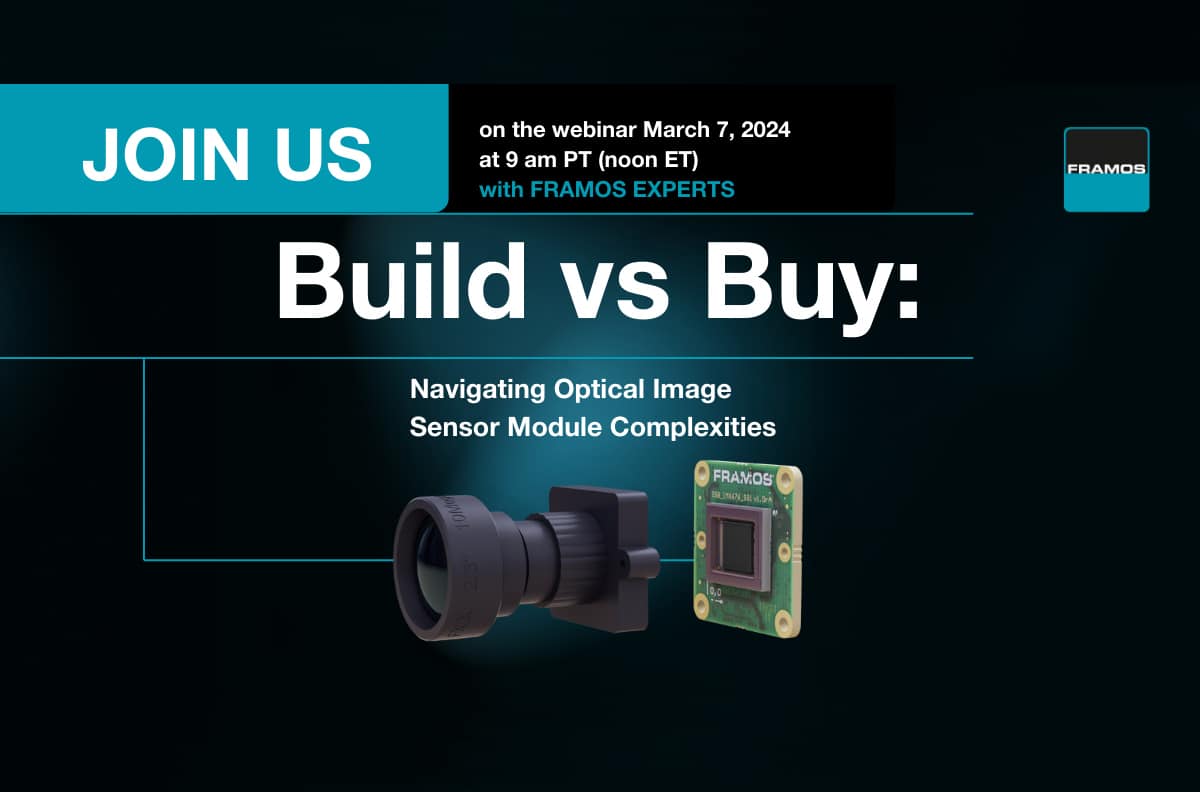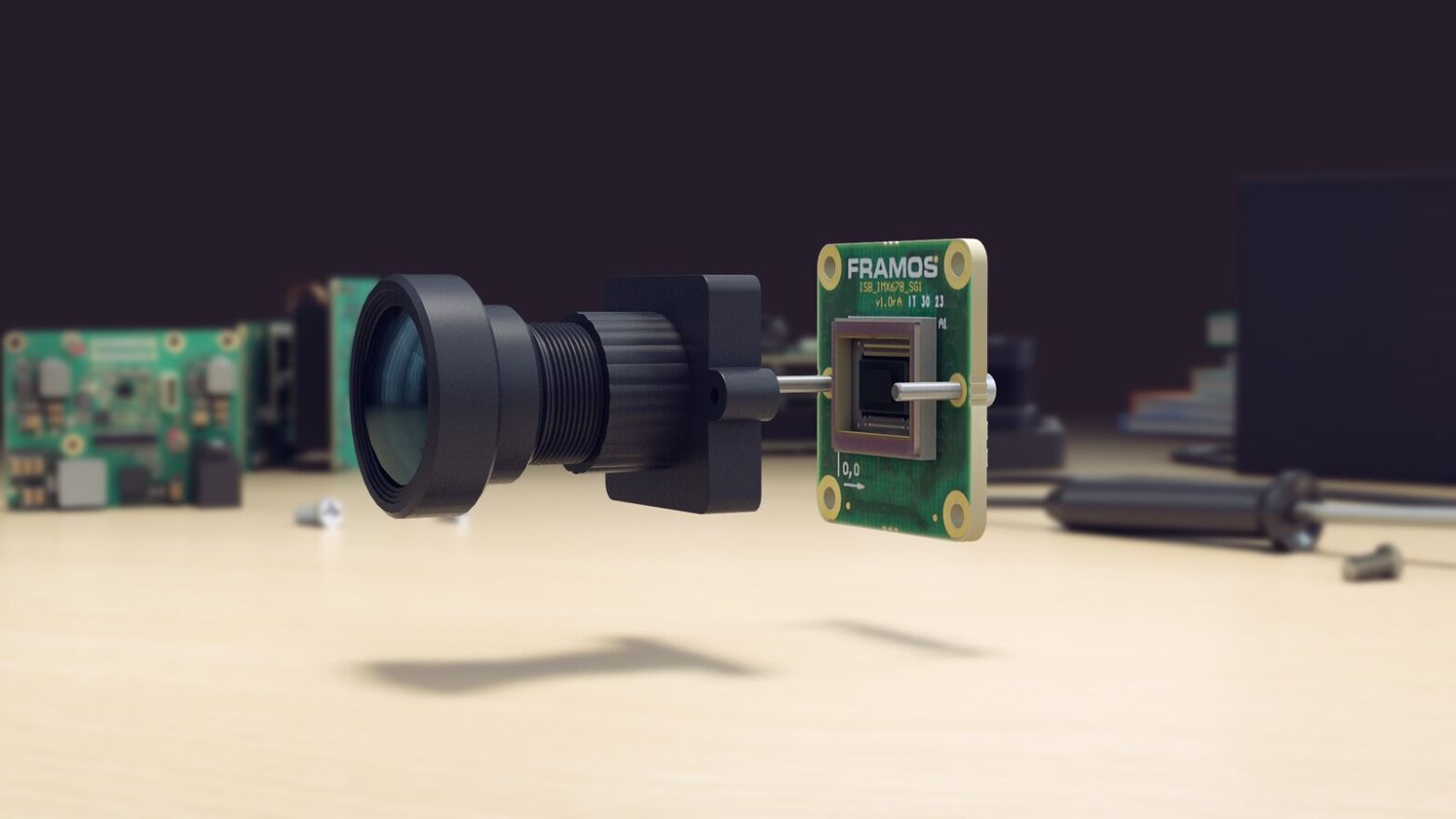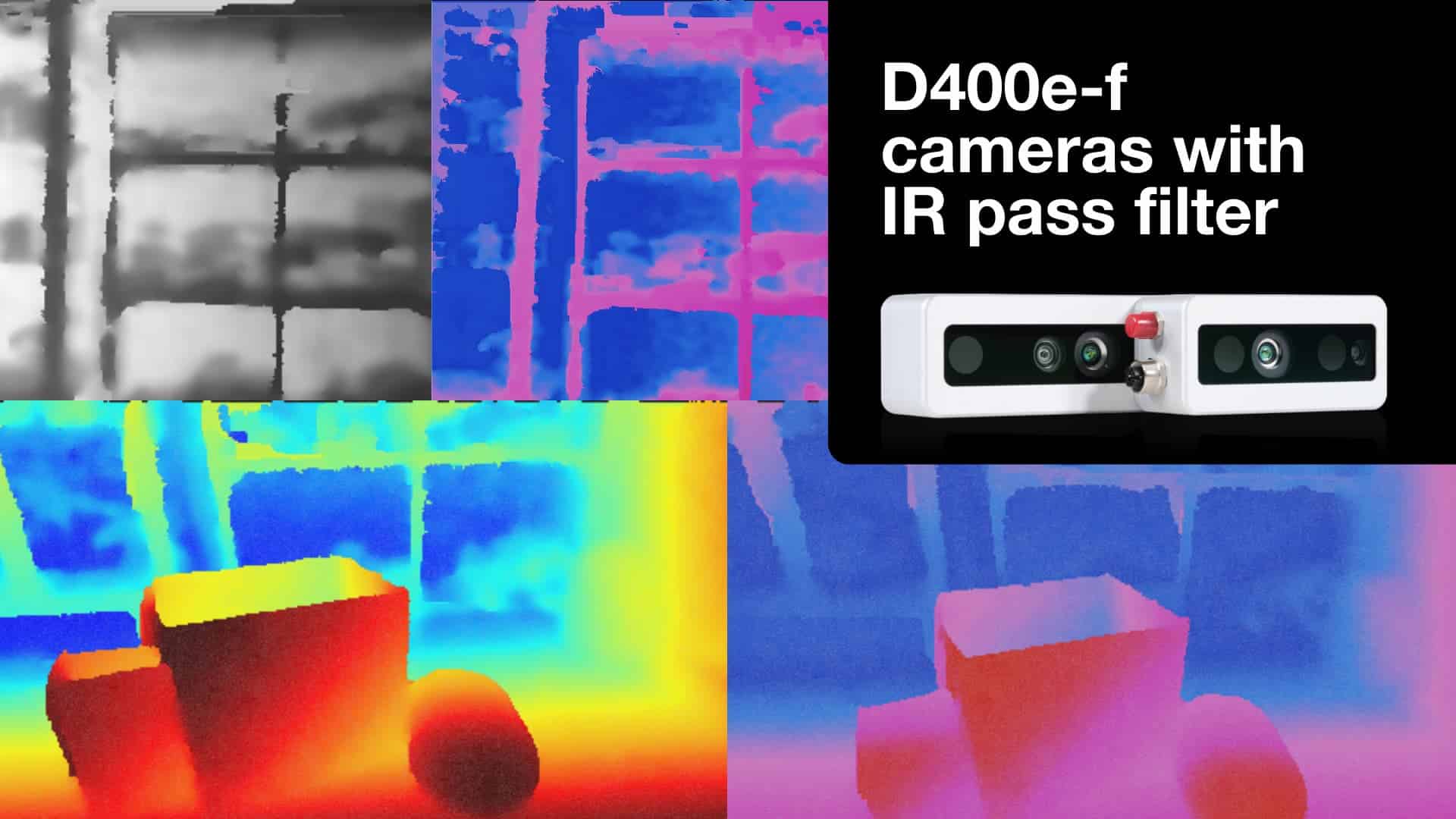The advances in CMOS technology have greatly expanded the adoption of CMOS image sensors, thereby setting the new standard for building vision systems. Many customers pose the question about which sensor is exclusively the “best” for their industrial application. The ON Semiconductor’s PYTHON family of image sensors provides a broad portfolio of sensor devices. These sensors are equipped with an excellent feature set and outstanding functionalities to solve current vision challenges. Here are the five key reasons for implementing a PYTHON image sensor:
![]() Image Quality
Image Quality
The quality of the captured image is the critical and deciding factor in every industrial application. If the image quality is inadequate, other components in the vision application are of no consequence. Both in industrial automation and traffic application customers need to meet high frame rates with short minimum exposure times. At the same time, they need to solve very precise and detailed inspection and measurement tasks, coupled with high resolution. The PYTHON family, especially designed for high-speed machine vision applications, provides many features and functionalities to produce an exceptional image: 
- Global Shutter: This read-out mode is the preferred solution for artifact-free captures of moving objects. The PYTHON series allows the capture of fast moving scenes without distortion, and achieves high global shutter efficiency. Furthermore, these devices combine excellent read noise figures from a low of 9 e- with 7.7 V/lux sensitivity, to frame rates up to 815 frames per second (VGA resolution)
- Fixed Pattern Noise Correction: The inherent Fixed Pattern Noise (FPN) of a sensor limits its performance. Essentially, this restriction is due to the variations in the sensitivity throughout individual pixels in the pixel array. All ON Semiconductor’s PYTHON imagers perform Fixed Pattern Noise correction on-chip to improve image quality
- In-Pixel Correlated Sampling: ON Semiconductor’s patented in-pixel CDS (ipCDS) technology enables global shutter imaging with Correlated Double Sampling (CDS) in a compact pixel size. These features reduce noise and increase dynamic range, resulting in excellent optical performance in an attractive combination of optical formats and resolutions
PYTHON sensors are available in pixel pitches of 4.5 and 4.8µm; have a high full well capacity (up to 10,000); a signal noise ratio of 40dB; and, a high dynamic range. In addition, they feature very high pixel sensitivity, even in low light scenarios. The availability of NIR enhanced versions helps to capture good, clean, and low-noise pictures to maximize image quality and meet application requirements.
![]() High-Bandwidth
High-Bandwidth
A high bandwidth, combining both resolution and frame rate, is important to achieve high-speed data transfer and maximum throughput rates. The goal is to capture, move, and process image data very quickly, especially in industrial inspection applications. The PYTHON series provides high-resolution imagers at very high speeds; performance that meets and exceeds modern PC interfaces like CoaXPress, 10GigE, or USB 3.0. Every application using a PYTHON image sensor can utilize the full throughput capacity of the camera interface. This performance is realized due to the high-bandwidth LVDS interface available on the image sensors, with 4 to 32 channels and data transfer rates up to 21 Gbps. Speeds faster than 10 GigE and USB3 Vision are possible, and the full advantage of 4-channel CoaXPress capacities can be recognized as the fastest interface standard on the market.
![]() Flexibility
Flexibility
The PYTHON series from ON Semiconductor contains a broad portfolio for any imaging and application needs. The customer can choose resolutions from VGA up to 25 Megapixels, and all resolutions are available in both Bayer color and monochrome, and, enhanced NIR. In addition, many sensors provide a pre-configured version with lower frame rates, reduced power, and are available at a lower price. Also, there are PYTHON models with protective foils on top of the glass to avoid sensor damage during system integration.
 These devices boast high configuration flexibility, that includes fast on-the-fly updates to sensor settings; various trigger and control options; and, operational support across the -40°C to +85°C industrial temperature range. The sensors have on-chip programmable gain amplifiers and 10-bit A/D converters. The image black level is either calibrated automatically, or can be adjusted by with the addition of a user programmable offset. A four-wire serial peripheral interface with high level programmability enables the user to read out specific regions of interest. Up to 32 regions can be programmed to achieve even higher frame rates. This flexibility enables PYTHON customers to identify the ideal device and the corresponding set-up for their needs and application.
These devices boast high configuration flexibility, that includes fast on-the-fly updates to sensor settings; various trigger and control options; and, operational support across the -40°C to +85°C industrial temperature range. The sensors have on-chip programmable gain amplifiers and 10-bit A/D converters. The image black level is either calibrated automatically, or can be adjusted by with the addition of a user programmable offset. A four-wire serial peripheral interface with high level programmability enables the user to read out specific regions of interest. Up to 32 regions can be programmed to achieve even higher frame rates. This flexibility enables PYTHON customers to identify the ideal device and the corresponding set-up for their needs and application.
![]() Family-Design
Family-Design
The PYTHON series family has common core functionality and allows camera manufacturers to support all resolutions with only two PCB boards. All devices share similar electronic and design specifications. These features are of prime importance for camera manufacturers, systems integrators, and OEMs. The common family design makes it very easy to adopt the devices to system requirements. This feature also shortens both the time-to-market and product availability to end customers. These characteristics lower the inventory costs and introduce new imaging products quicker and more efficiently, both by providing the design of the imaging pipeline, and the supply chain.
![]() Outstanding Technical Support
Outstanding Technical Support
ON Semiconductor, as one of the market leading image sensor suppliers, provides a well-established supply chain. Customers together with partner FRAMOS®, can rely on the availability of specific image sensors world-wide.
 For the complete PYTHON Series family, evaluation hardware is available. A supplied evaluation board helps the customer to understand sensor performance and ensures its functionality in the application. In addition, sensor settings and registers can be verified in advance. EVBs referenced during design-in ensure both fast development cycles and implementation.
For the complete PYTHON Series family, evaluation hardware is available. A supplied evaluation board helps the customer to understand sensor performance and ensures its functionality in the application. In addition, sensor settings and registers can be verified in advance. EVBs referenced during design-in ensure both fast development cycles and implementation.
The industry and product experts at FRAMOS® are available to support customers with the integration of the PYTHON family sensors for their applications and projects. In addition, FRAMOS® provides development support services, customization, and logistics. Our broad range of technical and operational services help customers come up to speed quickly, and optimize their projects for maximum performance and efficiency.

